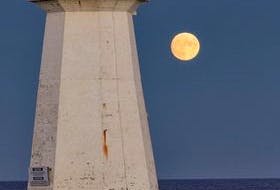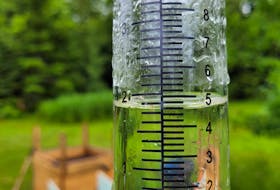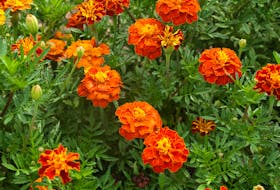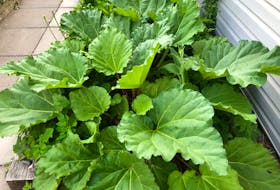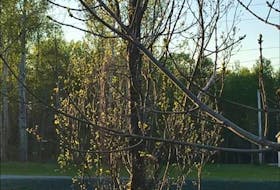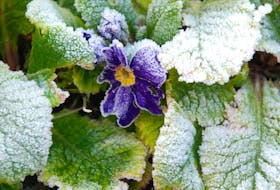If someone accuses you of walking around with your head in the clouds, don’t be offended.
Grandma used to tell me that you can learn a lot more from looking up than looking down. Not only are the cloud shapes more interesting, but they can give you a very good idea of what’s cooking up there. Being able to predict the weather by observing cloud formation is a skill somewhat lost on us modern humans. Most of us can easily look at a cloud and see angels and ice cream cones, but very few of us can look at clouds and see the approaching cold front.
GRANDMA SAYS: The higher the clouds, the better the weather
Fortunately, being able to predict the weather with the clouds is easier than you might think. Our ancestor coined a few cute weather rhymes that can walk you through it. One of my favourites is: “if woolly fleeces spread the heavenly way, be sure no rain disturbs the summer day.” Here, “woolly fleeces” refers to a flock of sleeping sheep. The cumulus clouds do look an awful lot like sheep or maybe cotton batten, but sheep are more fun. Afternoon cumulus clouds signal the presence of a high-pressure system and fair weather with a very slight chance of rain.
The second part of the weather saying goes like this: “if the cumulus clouds are smaller at sunset than at noon, expect fair weather.” This too is quite accurate. The smaller, late-day clouds indicate that their formation was due to daytime solar heating and not an advancing low-pressure system. Having said that there are limits to the growth of these cumuli before the forecast changes: “when clouds appear like rocks and towers, the earth’s refreshed with frequent showers.” If the small puffs of cotton batten grow into large rocks and tall towers due to solar heating and extra moisture in the air, localized showers may very well be in the offing.
And finally, here is Grandma’s favourite: “mountains in the morning, fountains in the evening.” Here, “mountains” refers to tall billowing cumulus clouds. When you look up and see these overhead in the morning, atmospheric conditions are ripe for the development of cumulonimbus clouds. The cumulonimbus cloud, also known as a CB cloud, will often produce late-afternoon or evening thunderstorms. Armed with this valuable information, you will no doubt wow your family and friends at the next backyard barbecue.
Read more Grandma Says columns
- Want more weather information? Visit WeatherByDay.ca
- Have a weather question, photo or drawing to share with Cindy Day? Email [email protected]
Cindy Day is the chief meteorologist for SaltWire Network.


